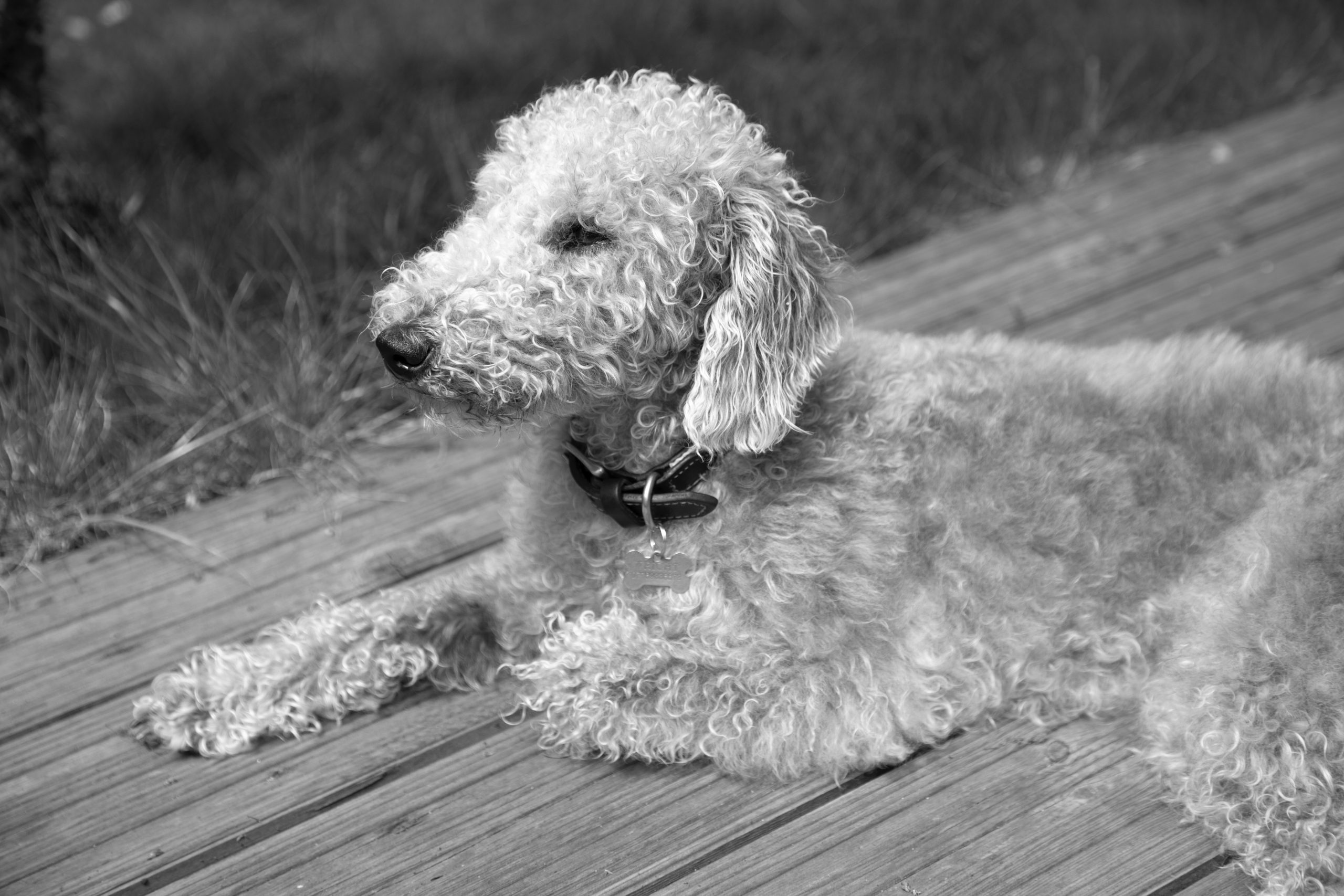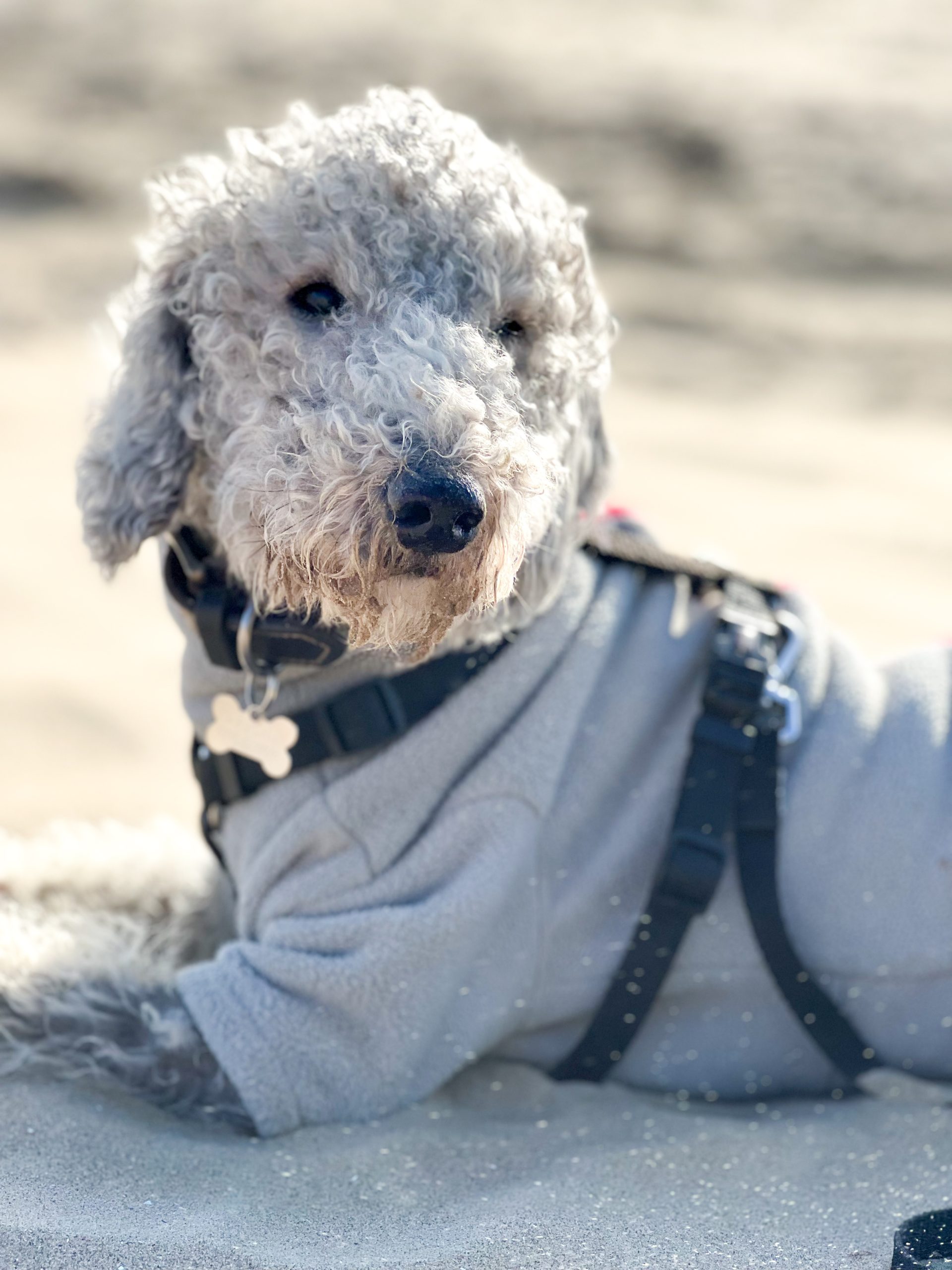Bedlington Terrier
Average sizes and life
expectancy of the breed.
Height
15-17.5 inches
Weight
17-23 pounds
Life Expectancy
11-16 years
Breed Traits & Characteristics
About the Breed

Owning a dog is not just a privilege; it’s a responsibility. They depend on us for, at minimum, food and shelter, and deserve much more. When you take a dog into your life, you need to understand the commitment that dog ownership entails.
 Health
Health
Recommended Health Tests From the National Breed Club:
- Patella Evaluation
- Copper Toxicosis DNA Test
- Cardiac Exam
- Ophthalmologist Evaluation
 Grooming
Grooming
 Exercise
Exercise
 Training
Training
 Nutrition
Nutrition
History
They behave like lambs around the house and appear like lambs in the show ring. So it comes as a bit of a surprise to learn that Bedlingtons spent most of the 1800s at dangerous and filthy jobs. Bedlingtons were a workingman’s dog developed in the Northumberland mining shire that gave the breed its name. They were supposed to be adaptable enough to be used as coalmine ratters, varmint killers, and pit warriors. The breed was known as the “Gypsy Dog” because the Romani people employed it as a sneaky poaching ally. The Bedlington was the “smartest and quickest of our terriers,” according to one observer of the breed’s early years.
In 1825, Piper, the first dog known to be a Bedlington Terrier, was bred. It was claimed that Piper, who was 14 years old, was still killing badgers despite being nearly toothless and blind. The Bedlington nail makers developed a fondness for the terrier and began to be known for their courageous canines. The miners and nailers of the shire staked their wages on thrilling dogfights between their terriers. In the words of a breed historian, “Bedlingtons were never a mischief-maker, but once he started fighting, it was to the death.”
We were fortunate that Bedlingtons proved to be better lovers than fighters. Bedlingtons eventually made it from coalmines and nail factories to the manor house thanks to their many charms. British aristocracy considered Bedlingtons to be warm-hearted, adoring companions and appealing accents to their style-conscious way of life.



